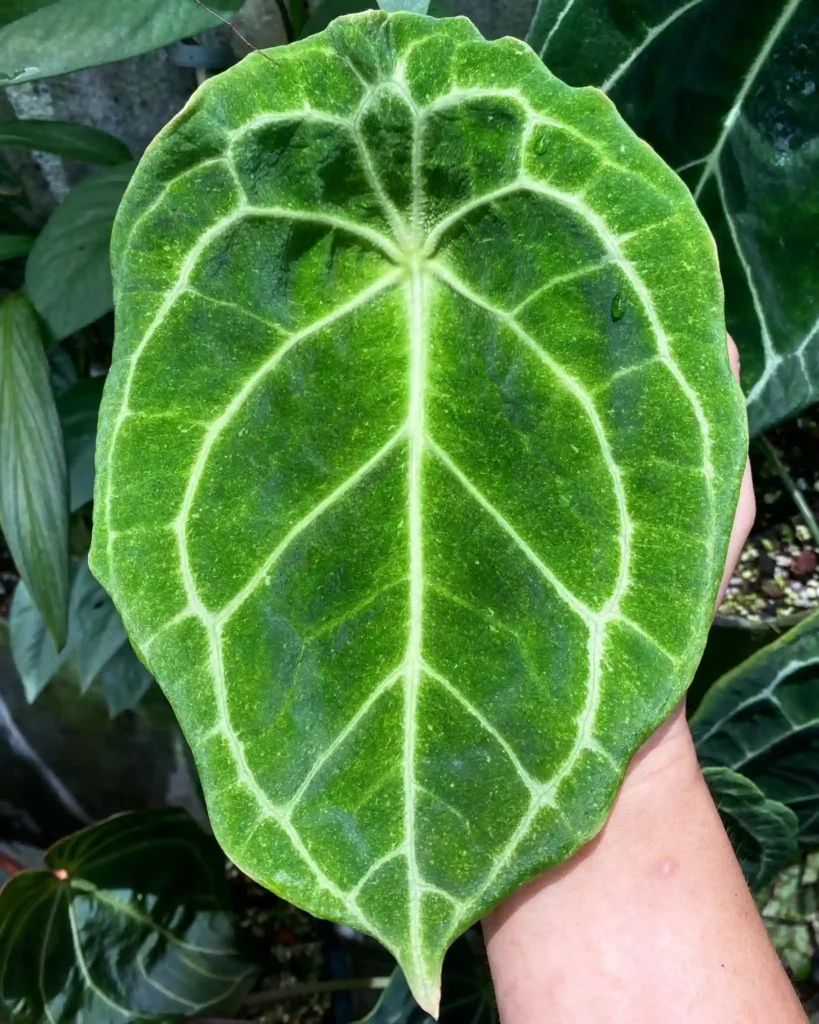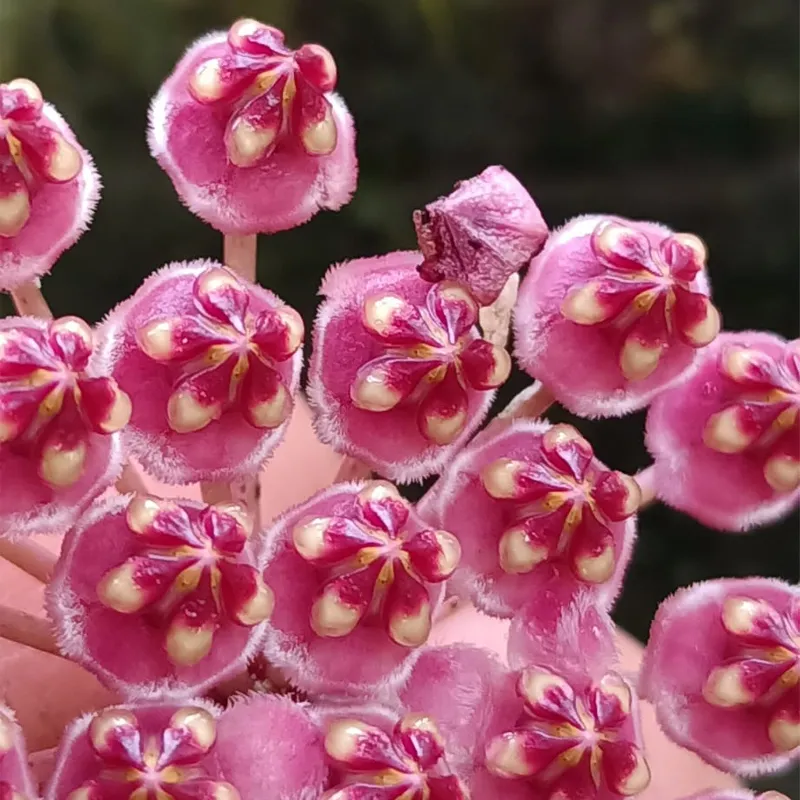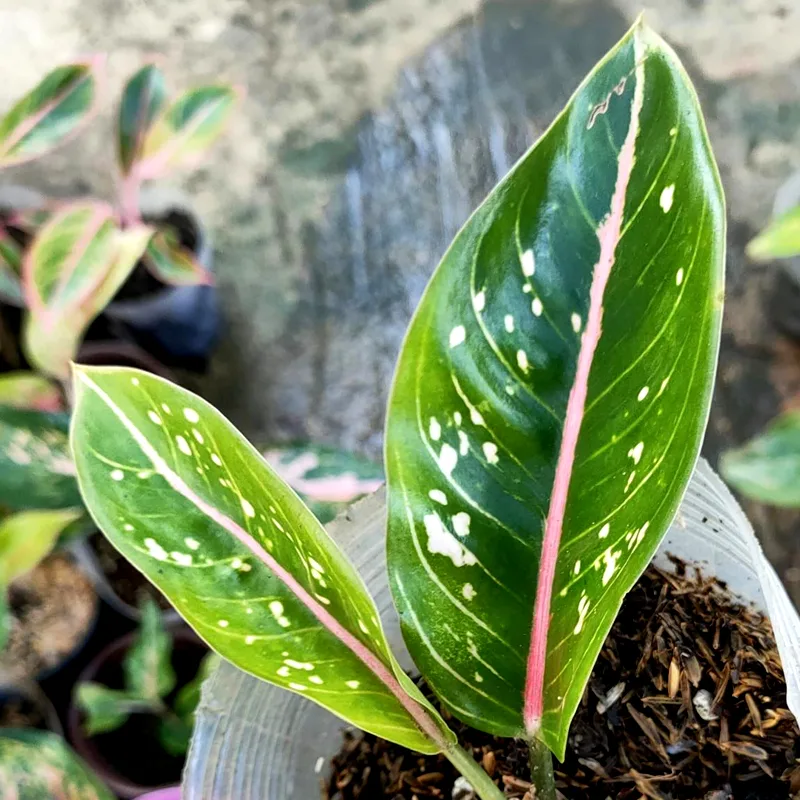What is African Fern Pine?
As a landscaper, I’m constantly on the lookout for plants that add a touch of elegance and low-maintenance beauty to a garden. The African Fern Pine (Afrocarpus gracilior) has become a favorite of mine in recent years. Its graceful, fern-like foliage and adaptability to various conditions make it a versatile choice for many landscapes. However, before incorporating this beauty into your garden design, there are a few things to consider.
The African Fern Pine isn’t your typical pine tree. Hailing from the Eastern Afromontane regions, it boasts slender, soft, gray-green leaves that cascade down its branches, resembling delicate ferns. This unique foliage creates a textural contrast and adds a touch of whimsy to any outdoor space. The African Fern Pine can grow into a majestic specimen, reaching heights of 40-60 feet with a mature spread of 20-25 feet. Its upright form with slightly drooping branches adds a sense of verticality and airiness to the landscape.
How to plant African Fern Pine?
Planting an African Fern Pine is a breeze. These forgiving trees thrive in a variety of soil types, from well-draining to slightly compacted. They can tolerate full sun or partial shade, making them adaptable to different lighting conditions in your garden. Here’s a step-by-step guide to planting your very own:
- Choose the Right Spot: Select a location with ample space for the tree to reach its mature size. Avoid planting too close to structures or power lines.
- Prepare the Planting Hole: Dig a hole two to three times wider than the root ball of your African Fern Pine. Loosen the surrounding soil to encourage root growth.
- Planting: Carefully remove the tree from its container and gently tease out any circling roots. Place the tree in the planting hole, ensuring the root ball sits level with the surrounding soil.
- Backfill and Water: Fill the hole with the excavated soil, tamping it down gently to remove air pockets. Water thoroughly to settle the soil and hydrate the roots.
Does African Fern Pine Have Invasive Roots?
The good news is that African Fern Pines are not known for having invasive roots. Their root system is considered non-aggressive, making them a good choice for planting near patios, walkways, or even foundation walls (with proper spacing, of course).
Beyond Planting: Caring for Your African Fern Pine
Once established, the African Fern Pine is a remarkably low-maintenance tree. Here are some basic care tips:
- Watering: During the first growing season, water your African Fern Pine regularly, especially during dry periods. Once established, it’s quite drought-tolerant and supplemental watering won’t be necessary unless there’s a prolonged drought.
- Fertilization: While not essential, a balanced fertilizer applied once a year in early spring can promote healthy growth.
- Pruning: Prune lightly to maintain the desired shape or remove any dead or diseased branches. Pruning is best done in late winter or early spring.
What to Plant with Your African Fern Pine?
The African Fern Pine’s airy structure allows for interesting underplanting options. Here are a few ideas:
- Shade-loving perennials: Hostas, ferns, and coral bells will thrive in the dappled shade provided by the African Fern Pine’s canopy.
- Colorful flowering shrubs: Azaleas, camellias, and hydrangeas will add a pop of color and complement the textural interest of the fern-like foliage.
- Low-growing groundcovers: Creeping phlox, thyme, or ornamental grasses will create a beautiful and low-maintenance groundcover beneath the tree.
By incorporating these tips, you can ensure your African Fern Pine thrives for years to come, adding a touch of timeless elegance to your landscape.



